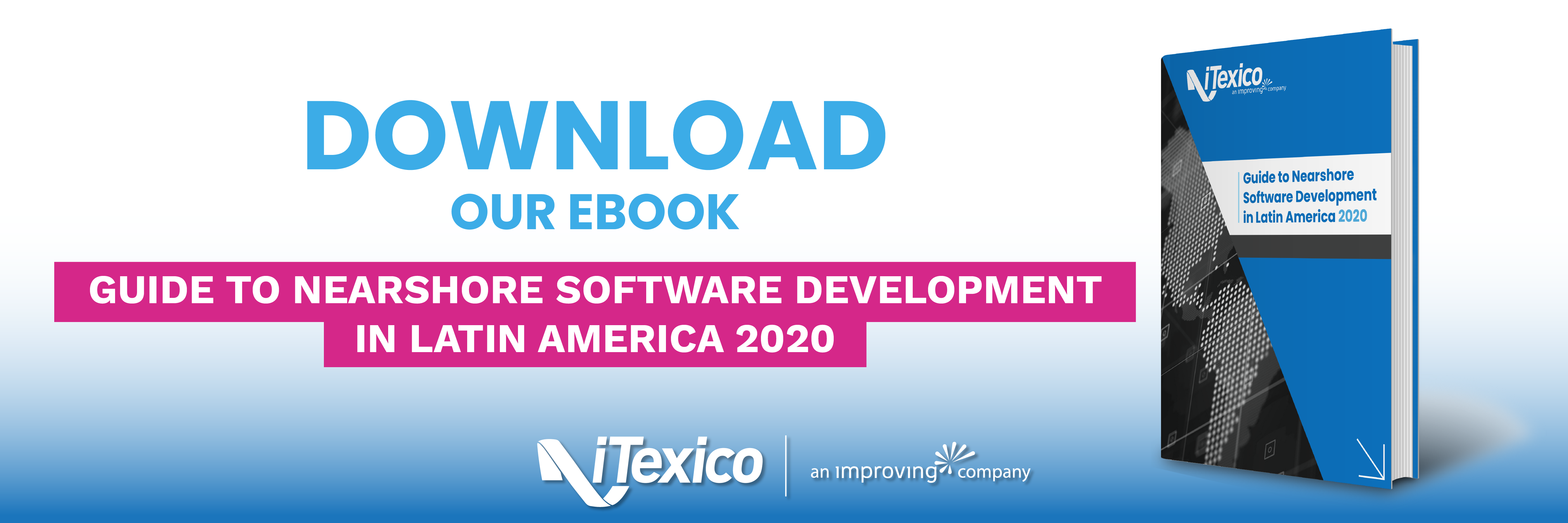What Is Intellectual Property?
Today’s businesses thrive on providing unique and useful products and services to their customers. For this reason, the protection of their “intellectual property,” also known as IP, is critically important. According to the Legal Information Institute at Cornell Law School, intellectual property is any product created through human intelligence or reasoning that is protected by law from unauthorized use. Examples of IP include new technology, art, and inventions.
Startups and established corporations alike must be prepared to defend their intellectual property rights through preventative measures, as well as legal cases. Your company can begin the process by understanding how IP is protected. For purposes of law, IP is divided into four distinct types of intellectual property rights:
-
Patent
Patents provide protection to inventions of all types. When a patent is issued, it gives the holder the rights to exclude others from making and selling their innovation. In order to be protected by US patent law, an invention needs to meet the following requirements:
- Patentable subject matter: The subject can include a machine, process, or object, though phenomena that fall under the laws of nature or abstract ideas are not patentable.
- Utility: The invention must also be useful and benefit others in real-world situations.
- Novelty: There should be no record of the intellectual property’s use in the United States or another country, whether it’s in a publication or used by consumers.
- Non-obviousness: The IP should not be easily invented by an ordinary individual with a skill set in the subject matter or industry.
e. Enablement: The inventor must clearly explain how the product is made and used in writing. This helps to create a legal definition of the patent.
2. Copyrights
Copyrights cover more than just writing. Today, intellectual property examples also include graphic art, motion pictures, sound recordings, and software. In order to qualify for protection, the work must be original. Software must include layouts, designs and formats of data rather than a simple outline of the data itself.
When an owner has a copyright to their creation, they have the exclusive right to perform, reproduce, display, license or design imitative items. The use of copyrighted material, however, can be used for the purposes of criticism, comments, teaching and research under the “fair use” doctrine.
3. Trademarks
A trademark covers symbols, words, names, and logos. It can also include a combination of any of these elements. No matter how the design looks, it is eligible for protection when it is used in business to identify and distinguish goods. It must also look distinctive from other trademarks. Additional intellectual property rights examples covered in this space include fragrances, sounds, and trade dress, such as packaging.
When a company receives a trademark, they are protected from trademark dilution. This concept ensures another entity cannot use a symbol or name in a way that would lessen its uniqueness. Examples include clothing and art that parody a trademark and also cause confusion on behalf of customers and consumers.
4. Trade Secrets
A trade secret is a formula, practice, process, design, commercial method, or compilation of information kept private by a business. It is not easily obtainable by others and can also be used to gain an economic advantage over competitors. Examples include sales and distribution methods, consumer profiles, advertising strategies, suppliers, and manufacturing processes. To determine whether or not an item is a trade secret, legal entities must consider six unique factors. These include:
- The extent to which the information is known outside of the business
- How well known it is by employees and others involved in the business
- The measures taken by the company to guard the information
- The value of the information to the business and its competitors
- The money or effort on behalf of the business to develop the trade secret
f. The difficulty with which the information could be obtained or duplicated by other individuals or companies
Preventing Intellectual Property Theft
While software development falls under copyrights, development teams and their clients alike should understand the limitations of the different kinds of intellectual property (IP) protection, especially when it comes to outsourcing work. When businesses don’t understand how to safeguard their ideas and designs, they are more susceptible to the leaking and theft of proprietary information, which can cause both short and long-term harm to revenue and reputation.
Whether it’s a product or service, the best way to protect your IP when developing an outsourced application, website, or database is to work with an experienced software development team that understands intellectual property laws and makes every effort to secure your information. iTexico provides end-to-end, nearshore software development and management services to help you innovate and grow your business. For more information about the company and its offerings, visit their website.



Post Your Comment Here